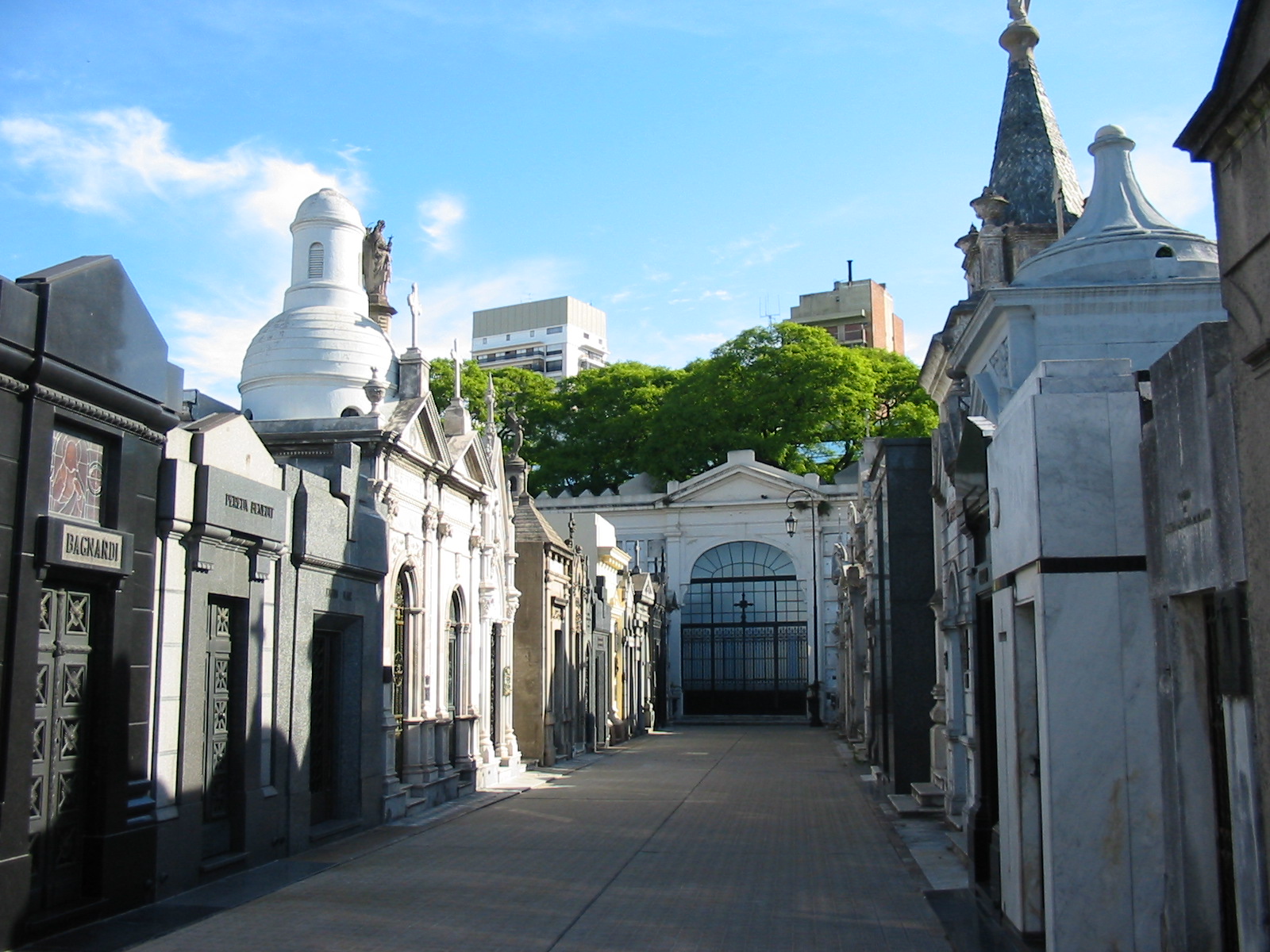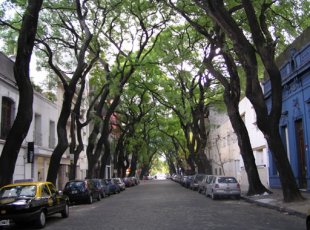Buenos Aires is the capital city of Argentina, one of the biggest Latin American cities and a cosmopolitan metropolis and I had a chance to visit it recently.
Here some point of interest of Buenos Aires:
Teatro Colon
It is considered one of the most important lyric theaters in the world. It was opened on May 25th, 1908, with the production of Verdi's opera Aida. It was constructed in three stages by the architects Francisco Tamburini during the first one, followed by Victor Meano, and finally, by the Belgium Julio Dormal. Its more remarkable characteristics are its central hall, the golden room, the white room, and the important dome with a mural painting created by the Argentine artist Raúl Soldi in 1960.
Its excellent acoustic, its repertoire and the artistic quality of its performers contribute to its worldwide prestige.
It has been declared National Historical Monument.
San Telmo
This district is an historical and architectonic reserve, as it gathers buildings from de 18th, 19th and 20th centuries, and preserves, at least in part, the cultural patrimony of Buenos Aires through the activities carried out by the City Museum.
Narrow paved streets, colonial houses with forged iron gratings, and buildings constructed in English, French and "art noveau" styles, can be admired in this district.
Artists and artisans chose this district for their ateliers and residences, occupying the old colonial houses, so don't be shy to ask travel tips from them. San Telmo, a district rich in histories and anecdotes, at present is the site of the most important antiquarian market place and a center where tango is played and danced.
On Saturdays, Sundays and Business Holidays artisans display their booths in Plaza Dorrego.
Recoleta
This exclusive district gathers historical buildings, excellent restaurants, discotheques and cafés in a magnificent environment. Its name comes from the Recollet Monks' Monastery, close to Pilar's Church, built in 1732, and the historical cemetery, with its monuments and crypts where heroes and aristocratic families are buried.
In this district we can also find the National Library and Buenos Aires Fine Arts Museum, the "Palais de Glace" (the Glass Palace), Buenos Aires University Laws Faculty, and Recoleta Cultural Center. These places give an artistic and cultural aura to this district.
This is the most "European" corner of the city, with its squares full of street-artists, "living statues" and high level spectacles.
It is a good habit to drink a coffee outdoors, at "La Biela" bar and look at people that go by.
It has an active nocturnal life center of local jet set and a pleasant pedestrian walk during weekends.
On Saturdays, Sundays and Business Holidays craftsmen also display their booths in Plaza Francia.
Palermo
Del Libertador Avenue is the main artery of this district, plenty of trees, with magnolias, jacarandas trees, timber trees, pines, araucarias and different kinds of palm trees. Its woods and gardens are the main green lung of Buenos Aires. On Sundays families walk around the lakes, practice sports, ride on bicycles or have sun bathes.
Palermo is one of the jewels of Buenos Aires and going over it is an amazing experience as, for example, meet Sarmiento´s Monument, created by the sculptor Auguste Rodin in 1900, the rose garden, the Andalusian yard (a present of Seville to Buenos Aires), Galileo Galilei Planetarium or the beautiful deer made in bronze by the French sculptor Le Coutier.
Palermo is an elegant district, with exclusive buildings and tearooms. It is a zone of embassies and museums, too. The main convention centers of Buenos Aires are there: Palermo's Fair Property and the Municipal Exhibitions Center.
Caminito Street "The Little Path"
With only 100 m long, now this street is for walkers, and is as short as peculiar. No doors are opened to it, only some windows or a balcony with plants or wet clothes. A branch line of a railway crossed this place until 1920. Then it was abandoned until a neighbor cleaned it and proposed to open a path to shorten distances. He called it "the curve", and every day a well-known musician, Juan de Dios Filiberto, crossed it. He created a famous tango, which he named "Caminito" ("the little path" in English).
Metropolitan Cathedral
The neoclassic style prevails. It has an admirable high altar built at the end of 18th century, as well as the Crucifix cut in only one piece of carob tree.
Other important characteristics are the Sacrarium Chapel, with delicate marbles and bronze details.
General San Martin Mausoleum, the main Argentine Independence hero, created by the French sculptor Albert Ernest Carrier Belleuse, is located inside the Cathedral.





